explain what "Open Pollinated" really means?
hairmetal4ever
10 years ago
Featured Answer
Comments (24)
farmerdill
10 years agoRelated Professionals
Derry Landscape Architects & Landscape Designers · Londonderry Landscape Architects & Landscape Designers · Eden Prairie Landscape Architects & Landscape Designers · Franconia Landscape Architects & Landscape Designers · Rossville Landscape Architects & Landscape Designers · Sahuarita Landscape Architects & Landscape Designers · Peabody Landscape Contractors · Cockeysville Landscape Contractors · El Mirage Landscape Contractors · Hurricane Landscape Contractors · Lynn Landscape Contractors · Ocoee Landscape Contractors · Pike Creek Valley Gardeners & Lawn Care · Sterling Driveway Installation & Maintenance · Crestwood Driveway Installation & Maintenancelittle_minnie
10 years agodigdirt2
10 years agoJoppaRich
10 years agofarmerdill
10 years agodigdirt2
10 years agolittle_minnie
10 years agokeen101 (5b, Northern, Colorado)
6 years agolast modified: 6 years agoart_1
6 years agolast modified: 6 years agotheforgottenone1013 (SE MI zone 5b/6a)
6 years agodigdirt2
6 years agogardengal48 (PNW Z8/9)
6 years agoZachS. z5 Platteville, Colorado
6 years agolast modified: 6 years agoart_1
6 years agokeen101 (5b, Northern, Colorado)
6 years agolast modified: 6 years agofarmerdill
6 years agorgreen48
6 years agolast modified: 6 years agofarmerdill
6 years agolast modified: 6 years agorgreen48
6 years agogardengal48 (PNW Z8/9)
6 years agoZachS. z5 Platteville, Colorado
6 years agorgreen48
6 years ago
Related Stories

COFFEE WITH AN ARCHITECTArchitectural Abbreviations Explained
Cryptic notes on architectural plans and drawings lose their power to baffle with this decoding help
Full Story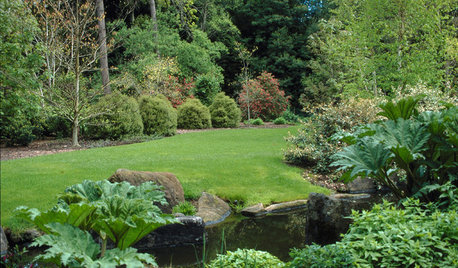
GARDENING GUIDESYou Don't Need Prairie to Help Pollinators
Woodlands, marshes, deserts — pollinators are everywhere
Full Story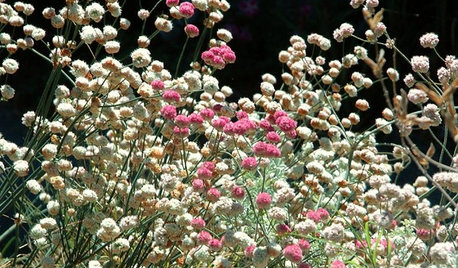
GARDENING GUIDESGreat Design Plant: Eriogonum Nudum, a Summer Oasis for Pollinators
Naked buckwheat is a bee and butterfly magnet with an easy nature, a tough constitution and profuse pom-pom flowers in summer
Full Story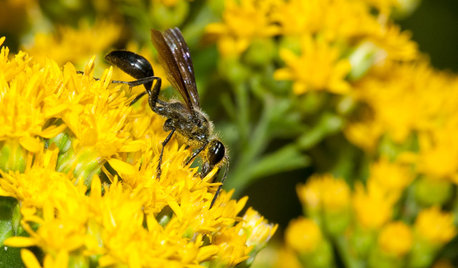
GARDENING GUIDESMeet the Grass-Carrying Wasp, a Gentle Pollinator of Summer Flowers
These fascinating insects nest in wood cavities and hollow plant stems
Full Story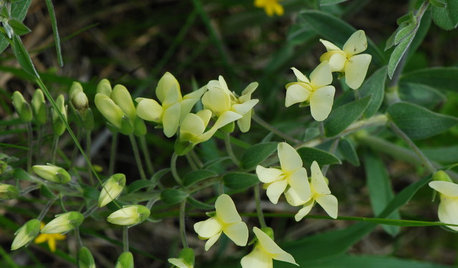
FLOWERS AND PLANTSPlant Baptisia Bracteata for Blooms Pollinators Will Love
Longbract wild indigo is great in dry soil, and its spring flowers attract butterflies and bumblebees
Full Story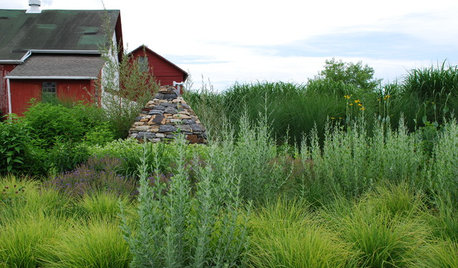
LANDSCAPE DESIGNProblem Solving With the Pros: An Abundant Garden Stretches Its Means
Swaths of resilient, eye-catching plants thrive with little care or resources in the landscape of a Pennsylvania farmhouse
Full Story
ARCHITECTUREOpen Plan Not Your Thing? Try ‘Broken Plan’
This modern spin on open-plan living offers greater privacy while retaining a sense of flow
Full Story
HOUZZ TOURSHouzz Tour: Open Living in the Arizona Desert
Spectacular surroundings drove the design for this warm, contemporary, open-plan home north of Scottsdale
Full Story
HOUZZ TOURSHouzz Tour: A Creekside Cabin Opens to the Views
With a modern addition featuring expansive windows, a rustic 1930s cabin opens its arms wider to its Northern California woodland setting
Full Story
ARCHITECTUREDesign Workshop: The Open-Concept Bathroom
Consider these ideas for balancing privacy with openness in an en suite bathroom
Full StoryMore Discussions








digdirt2